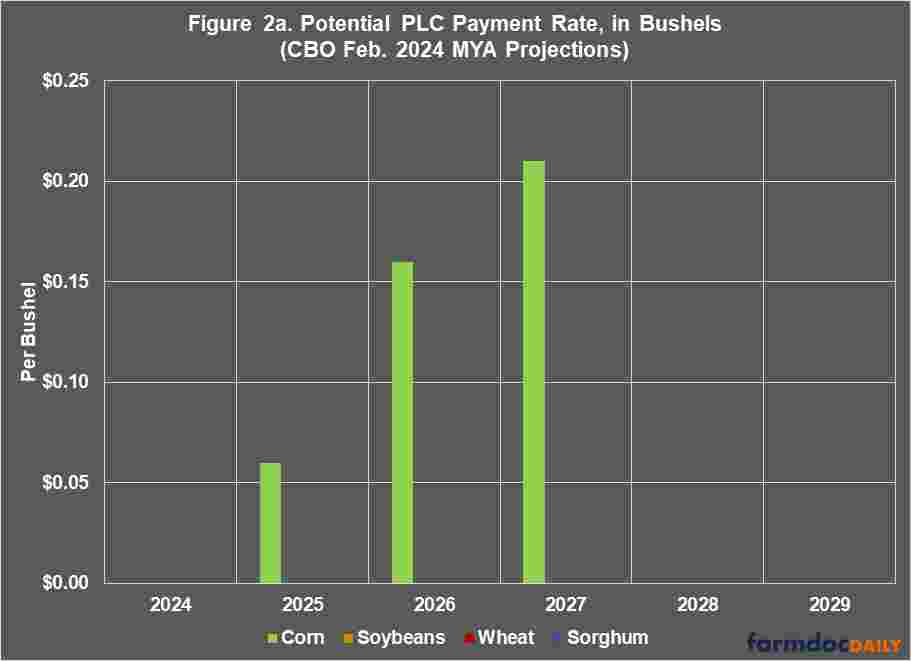The increases in crop insurance coverage over the last few years have been driven largely by the increase in covered forage crops acreage. The USDA Economic Research Service’s Dylan Turner and Francis Tsiboe reported at the beginning of June that “in 2016, field crops represented 78 percent of total insured acres, and forage crops represented 16 percent. By the 2021 crop year, field crop coverage declined relative to other categories, representing 52 percent of insured acres, and forage crops increased to 40 percent of insured acres.”

“Although crop insurance plans have been available for forage crops since the early 2000s, traditional policies are designed for crops that have a defined planting and harvesting window, making it easy to measure production across years. Alternatively, forage grows differently depending on location, and the same pasture or rangeland can be grazed or cut multiple times in a crop year, making it difficult to measure productivity for purposes of setting an insurance guarantee,” Turner and Tsiboe reported. “…The Pasture, Rangeland, and Forage plan, which was introduced in the 2007 crop year, solved some of the issues associated with applying traditional crop insurance plans to forage production.”
“However, the plan’s increasing contribution is comparatively small when participation is measured by looking at the value of the insured commodity—called the insured liability— instead of by acreage,” Turner and Tsiboe reported. “…Forage crops had insured liabilities of $1.79 billion in 2016, which represented about 1.8 percent of insured liabilities for that year. By 2021, insured liabilities for the Pasture, Rangeland, and Forage plan had grown to $4.3 billion but still represented about 3 percent of total insured liabilities.”
FERN’s Ag Insider reported that “also growing in volume was farmer participation in insurance programs for livestock. Insured liability through Livestock Risk Protection, Livestock Gross Margin, and Dairy Revenue Protection plans, at $32 million so far this year, was more than double the 2021 total of $14 million in 2021. Some $1.2 billion was paid in indemnities in 2023, compared to $150,269 in 2021.”
Farm Bill Could Shake Up Crop Insurance Programs
FERN’s reported that “taxpayer-subsidized crop insurance is the largest USDA support for agriculture, with outlays projected by CBO at $125 billion over 10 years, compared to $61 billion for traditional crop subsidies. The government pays roughly 62¢ of each $1 in premium and farmers pay the rest. Some $16 billion has been paid to date in indemnities on 2023 production.”
“Farm bill fireworks have exploded over proposals, most prominently by House Republicans, to increase the so-called reference prices that trigger crop subsidy payments while crop insurance has been a secondary issue. All sides call for a stronger insurance program although disagreeing on what to bolster,” FERN’s reported. “The bill approved by the House Agriculture Committee would offer larger premium subsidies on higher levels of coverage and allow premium assistance to beginning and veteran farmers for 10 years. Senate Agriculture chairwoman Debbie Stabenow says she would make crop insurance more affordable and accessible, particularly for beginning farmers and specialty crops.”
Source : illinois.edu